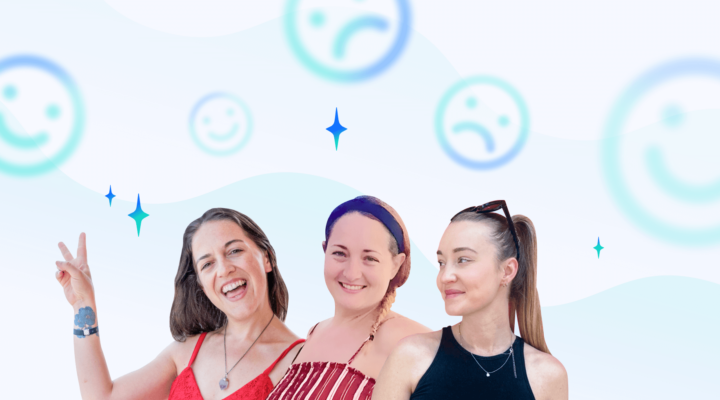Content Is King
Google and most other search engines work based on text. The user types a search query (text), and then the engine searches other texts to find that search query. All of it is based on the content — the words. Text is the foundation of the search process. To organise the search engine result page (SERP), search engines usually take into account dozens of factors, such as a site’s trustworthiness, update frequency, backlinks, and so on. However, it all starts with the content. If your site has no content related to the topic or search query, you are not even participating in the competition. Creating a site for search engines is a road to nowhere. You cannot sell a plane ticket to the Google spider, and Bing will not click on your advertisement. Live readers should always be in the first place. Search engine algorithms change constantly, and those changes have one main goal — to provide the highest quality content to the searcher. Therefore, as a website owner, you have two main goals related to content:- Provide high-quality content to your users;
- Let the search engines understand that your page is the best for the users’ queries.
How to Choose Which Topics to Write About
Creating ideas and making a content plan are always the hardest parts. However, article creation starts with an idea. You can use the following sources to find topics to write about:- Google Trends;
- Your competitors.
- Forums;
- Social networks;
- Q&A services;
- Comments.

How to Create High-Quality Content for Users
Remember the basic formula for good content:- Users must obtain the information they came for.
- Information should be complete, truthful, and relevant.
- The text flow should be simple and easy to understand.
- Articles should offer different ways of delivering information, such as text, tables, pictures, videos, and more.
How to Build a Relationship With Google
Even though Google’s position is that webmasters should focus on quality for the user only, in real life, successful webmasters should not forget about the search engines if they expect to receive traffic from them. You have to find a balance between quality for the audience and the search engine. These goals are not mutually exclusive, but they have their own peculiarities. You can build a good relationship with Google by following these requirements:- Provide unique text (do not copy-paste).
- Learn which words people are using to search, and use those words or phrases in the article.
- Do not go overboard with the keyword usage, but rather use them within a reasonable amount for a human. If they make up more than 2–3% of the text, Google could catch trying to manipulate the SERP.
- Fill out the meta fields—the title, keywords, and description. Of course, use the keywords there.
- Put the most relevant keywords at the beginning of the title.
- Use keywords in the subtitles, lists, and tables.
- Use pictures and videos. If you use pictures, do not forget to fill out the ALT + Title.
- Regularly update your existing articles. Learn how to determine which blog posts need to be updated and how to optimize your blog content. Watch the recording of our webinar with Laura Peters, entitled “SEO Tutorial for Travel Bloggers: Get More Traffic From Old Blog Posts”, or its recap.
How to Create an Article That Brings Backlinks
Backlinking is a source of new traffic — people click on them and come to your project. At the same time, backlinks are one of the most effective SEO tools to prove to Google that your page is the best result for a certain search query. Initially, it was thought that people create backlinks to your project on other websites in good faith, but this is rare. Think about how often you share links. There is another option: place backlinks to your project around the internet yourself. However, there are a couple of tricks to make people share the link to your website more often. The last one is free and usually brings traffic that is definitely wanted. First of all, your page should meet the following requirements:- Solve the audience ‘s problem
- Be attractive and catchy to the reader
- Be the best source of the information
- Emotions — people love to share their emotions with others;
- Number — people refer to sources with numbers and facts to solidify their argument or position;
- Stories — it’s easy to rely on the real stories;
- Utility — something useful has more chance to be shared.




